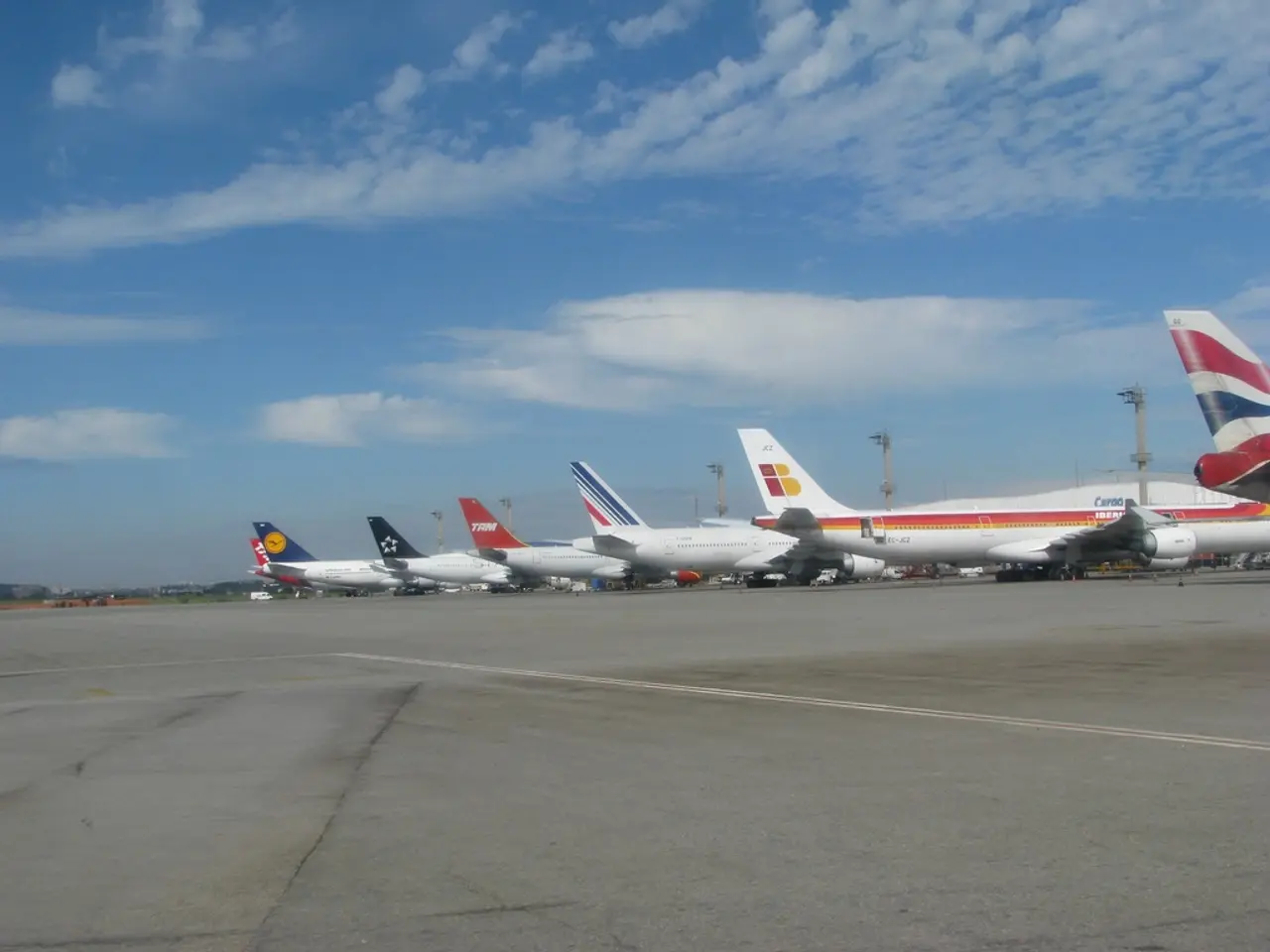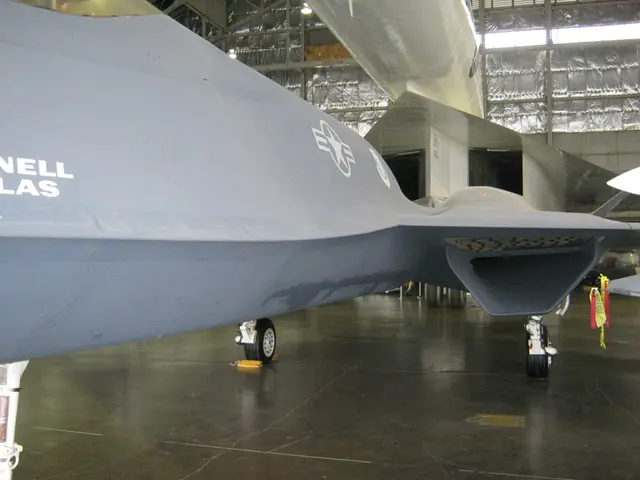Air Traffic Control Ability to Activate and Deactivate Landing Strip Illumination?
Pilot-Controlled Lighting Systems Enhance Airport Safety and Sustainability
At airports without control towers or with low air traffic, pilots can control runway lights remotely using systems like Pilot-controlled Lighting (PCL), Pilot-activated Lighting (PAL), or Aircraft Radio Control of Aerodrome Lighting (ARCAL). These systems, designed for energy efficiency and environmental conservation, allow pilots to manage approach lights, runway edge lights, taxiway lights, and in some cases, the aerodrome beacon via their aircraft radios.
The activation process is straightforward. Pilots tune their aircraft radio to the airport’s designated frequency and key the microphone a specific number of times within a set period, usually 5 to 7 seconds. The number of clicks determines the intensity of the lights activated—typically 3 clicks for low intensity, 5 for medium, and 7 for high intensity. Once activated by the pilot, the runway lights remain on for a predetermined interval, often about 15 minutes, after which they automatically switch off if not reactivated by further radio transmissions.
The benefits of these systems are twofold. Firstly, they enable pilots to safely illuminate runways, taxiways, and approach lights as needed during night operations or low visibility, particularly at smaller, remote, or uncontrolled airports where no ground personnel are present to manage lighting. Secondly, by allowing pilots to control the activation and deactivation of specific lights, these systems contribute to reducing light pollution and energy consumption at airports.
While all three terms—PCL, PAL, and ARCAL—refer broadly to pilot-controlled runway lighting, ARCAL is often used as a term for specific radio control systems standardized internationally, while PCL and PAL may be used interchangeably in various countries or contexts.
In the United States, for example, the protocol for activating lights is as follows: 3 clicks in 5 seconds activate low-intensity lights, 5 clicks in 5 seconds activate medium intensity, and 7 clicks in 5 seconds activate high intensity.
In conclusion, pilot-controlled lighting systems are an effective solution for enabling safe night operations at airports with no control towers or minimal air traffic, while also promoting energy efficiency and environmental conservation. These systems are crucial for the safety of landing and take-off operations and are primarily used at airports without control towers or airports with low air traffic.
- In the aerospace industry, the implementation of pilot-controlled lighting systems hasnot only augmented airport safety and sustainability, but also reduces energy consumption in the finance sector by minimizing light pollution at airports.
- As technology advances, these systems could potentially be integrated with other areas such as the finance and aerospace industries, improving airport operations and contributing to a more sustainable future in both aviation and finance.








